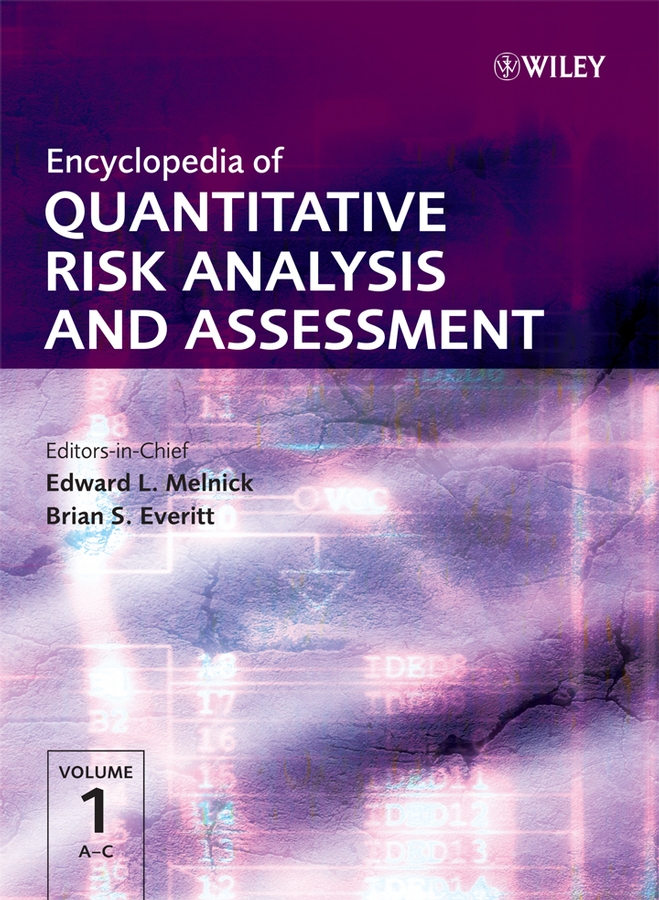Basic Concepts of Insurance
Abstract
Insurance is an economic institution that allows the transfer of financial risk from an individual to a pooled group of risks by means of a two-party contract. Insurance markets can exist because of the law of large numbers, which states that, for a series of independent and identically distributed random variables (such as automobile insurance claims), the variance of the average amount of a claim payment decreases as the number of claims increases. However, natural hazards-such as earthquakes, floods, and hurricanes—are classified as catastrophic risks. There is a high probability that many structures would be damaged or destroyed at the same time. One way that insurers reduce the magnitude of their catastrophic losses is by employing high deductibles. The use of coinsurance, whereby the insurer pays a fraction of any loss that occurs, produces an effect similar to a deductible. Another way of limiting potential losses is for the insurer to place caps on the maximum amount of coverage on any given piece of property. An additional option is for the insurer to buy reinsurance.



